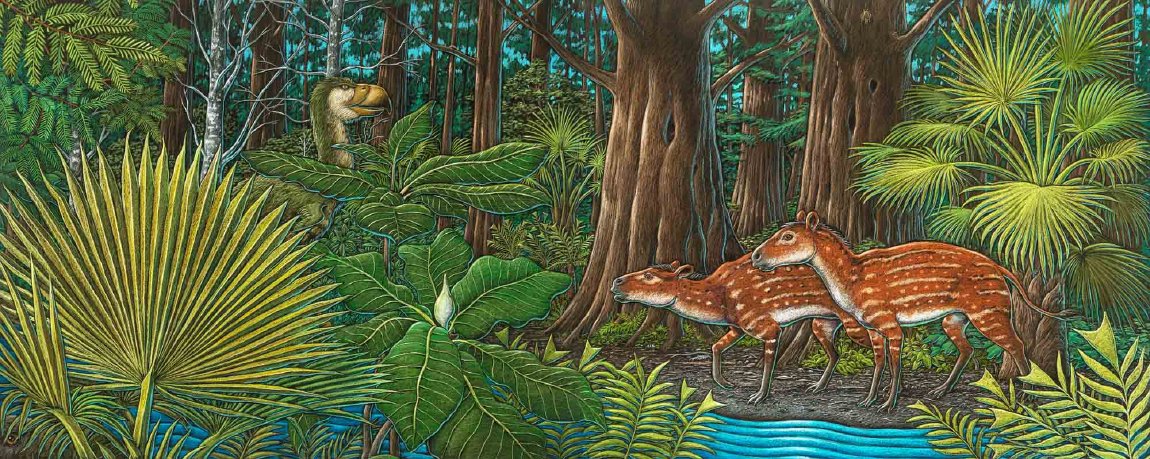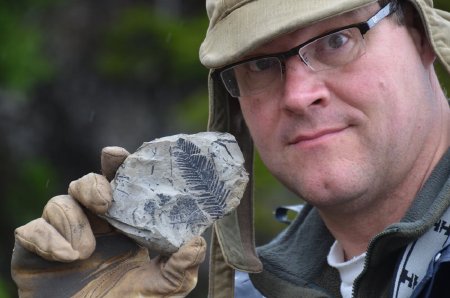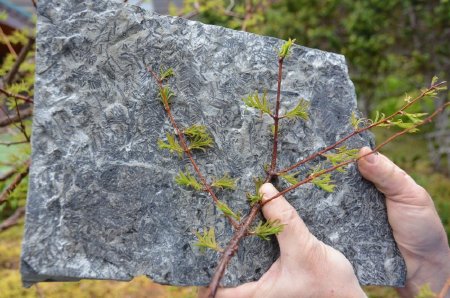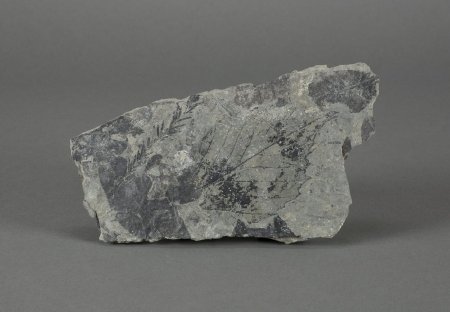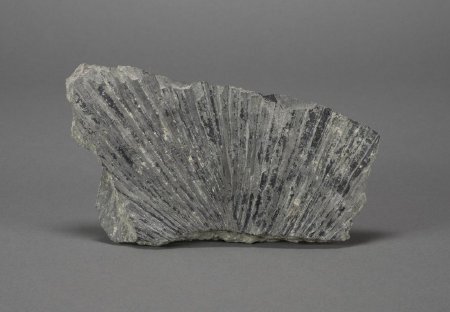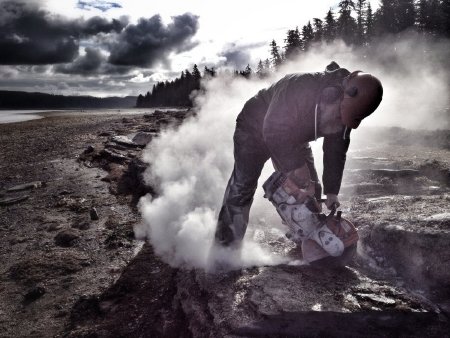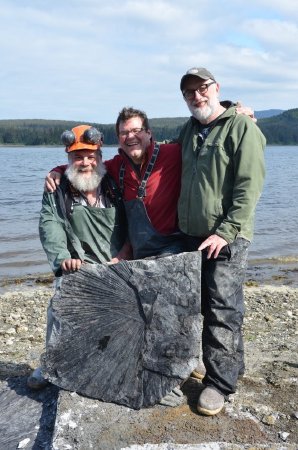Cruisin' the Fossil Coastline
The Fossil Leaves of the Chickaloon Formation
Abundant leaf fossils from the early Eocene Epoch have been found near Sutton, Alaska, about 70 miles northwest of Anchorage in what's called the Chickaloon Formation. Numerous trackways have been found perfectly preserved in the fossilized forest floors of this long-vanished world. Some tracks are from tiny, four-toed horse ancestors, with others from larger hippo-sized mammals called pantodonts. A large, three-toed footprint from a giant "terror bird" called Gastornis has also been recovered here.
Fossils from the Chickaloon Formation date to 56 million years ago-ten million years after the demise of the dinosaur, when the earth was experiencing an intense period of warm weather. This 200,000-year period is recognized as the Paleocene/Eocene Thermal Maximum, or PETM.
The world at this time was ice-free with no polar ice caps. Vast forests covered most of the sweltering planet. Palm tree fossils have been found in the Chickaloon Formation as well-placing words together that do not seem to fit, such as Alaskan palm trees.
Scientists have been studying the PETM to discover what may have caused it, and to understand what the future will be facing with a rapidly warming world.
Fossils from the Chickaloon Formation date to 56 million years ago-ten million years after the demise of the dinosaur, when the earth was experiencing an intense period of warm weather. This 200,000-year period is recognized as the Paleocene/Eocene Thermal Maximum, or PETM.
The world at this time was ice-free with no polar ice caps. Vast forests covered most of the sweltering planet. Palm tree fossils have been found in the Chickaloon Formation as well-placing words together that do not seem to fit, such as Alaskan palm trees.
Scientists have been studying the PETM to discover what may have caused it, and to understand what the future will be facing with a rapidly warming world.

